Write on the front: In the previous "Understanding Hema, Understanding Retail in the Next 20 Years", we mainly talked about how powerful Hema’s retail system is and why the retail industry should follow it. In this article, we continue to talk about Hema. Our principle is always to dig deep into those companies that are the most leading in the industry and the most representative of the future. This does not mean that they have succeeded. They also have many problems, but they dare to walk into the pit for the industry in the change cycle and insist on doing "extremely difficult and long-term correct things". Whether it is practitioners, partners or investors, it is worth deeply understanding what they are doing and why.
The discussion points involved in this meeting are:
Deepening the supply chain is not the best path
When it comes to the commodity supply chain, especially non-standard products such as fresh food, fruits, milk eggs, meat, fresh food, etc., Yonghui is often mentioned. Recently, several investors have asked how Yonghui’s supply chain advantages compare to Hema. Before answering, let’s quickly sort out the operation logic of the domestic non-standard commodity supply chain.
The source is generally divided into three types, the place of origin is directly mined,Regional direct mining and wholesale market procurementLeaf vegetables and other SKUs with daily quality assurance are mostly purchased from the wholesale market, including large retailers, because the loss is too high, except for China Resources and Wumart in high-store density cities or some areas to take direct mining, that is, every morning after driving about 200 kilometers to hundreds of stores.The proportion of direct purchases by most retailers does not exceed 25%.The rhizomes are better, the shelf life is significantly longer, the direct procurement ratio of large retailers will be higher, and there is a better account period advantage, but the price is not always cheaper than buying from the wholesale market.
SKU supply channels for weekly quality assurance such as fruits are more diversified.At present, more and more explosive products and drainage products are directly purchased from the place of origin. In fact, the entire cost of arrival has not been greatly reduced, but better quality sources can be obtained and distributed to the high, medium and low-end markets after rough processing grading.Meat is divided into frozen and refrigerated, often relying on local supply chains. On the one hand, local differences are small, and secondly, cold chain transportation costs are high.
The biggest challenge is fresh, divided into river fresh and seafood, the latter of which is more demanding on transportation and staging conditions. Large seafood needs to be stalled for a period of time after being shipped by sea to replenish oxygen, otherwise it looks like it’s dead. This isWhy is the price difference between fresh seafood on various platforms not too great? Because the supply is mostly from professional seafood wholesale markets, it is also why it is difficult to eat fresh and large seafood in the central and western regions.
Figure 1: Distribution of upstream procurement channels for large retailers
Saying these is not for popular science, retail is the details, and the analysis on the surface is worthless. The source of the fresh supply chain is extremely complex, so I can only give a general idea here. For the upstream control, Yonghui is a type of representative, but also a minority. From the source to the processing center, to the logistics center and even the city warehouse, during this period, the origin inspection, quality inspection, price negotiation with small farms/cooperatives, repeated communication with a batch, logistics supplier selection, packaging material supplier selection, processing center operation management and personnel attribution, as well as deep processing capabilities, are mostly single-handed.
Hema, Walmart, etc., are another type of representative and mainstream. Most of these processes are outsourced to service providers, but the important links are strictly controlled, and special personnel are dispatched for regular inspection and evaluation. Some processing centers are self-employment models.Labor relations may be a form of outsourcing. Therefore, the Hema supply chain is indeed not as heavy as Yonghui, but it is also a mainstream choice, and the operations under different categories vary greatly.
Then analyze the source to the store step by stepWhether it is Yonghui talking directly or the service provider talking, the cost price is almost the same in terms of large-scale procurement. The difference occurs in the details of the process from the source to the store, including packaging material fees, processing fees, logistics distribution fees, loading and delivery methods, etc.
For example, cherries of the same origin and grade have a source purchase price of 20 yuan/catty. These processes are handled by the service provider. According to the price on arrival, the cost is increased by 15% to 16%.The cost of Yonghui doing it himself is 7% to 8%.The loss is calculated separately, and the purchase amount is usually discounted according to the situation after the inventory at the store.
For Hema, we believe this asset-light operation has more advantages than disadvantages.The core of the supply chain is product selection and quality control. As long as the source price is relatively market-oriented and stable, whether the whole link needs to be personally invested and operated in depth, saving every penny. This approach of deep supply chain will have advantages, but it may also generate higher risks when supply and demand are unbalanced or encounter operational difficulties. It is said that Yonghui’s supply chain is strong, but there have been some quality problems recently.
Figure 2: Supply chain and warehousing model from source to store
For a little extra,There is no widespread buyout in the industry. Buyouts require large amounts of cash, which does not conform to the logic of retail defaults, but a few SKU buyouts based on strategic layout are feasible.Whether it is Hema, Yonghui or regional leaders such as Jiajiayue, no one can buy out the Chinese fresh food supply chain, which requires multiple cash flows.
To enhance the supply chain capabilities of commodities, especially non-standard commodities, deepening the supply chain is not the best path.In the future, the competition of supply chains will eventually return to people-oriented and data-driven. Nielsen, the world’s leading consumer research agency, can tell you which standard products sell best and what the average retail price is within a radius of 1 kilometer in big cities.
This is not enough. In the future hypermarket, you also have to know the daily consumption structure of all users within 1 kilometer, especially your members, what they often buy, what they are watching recently, and where is the price range? Today, Hema has this ability, because it is backed by the user portrait of 800 million DAU, and the ARPU value of comprehensive e-commerce. Tmall said that second, no one dares to say first, the granularity of data and the amount of data determine the effect of marketing based on portraits.
No fewer than 50 retailers with 5 million or more registered members.But no one in the company knows what members are watching and what they like. They can only let purchases drive the product end. If the goods cannot be sold, they will pass the buck to each other. This is the norm for most retail giants today.Traditional retailers also face many baggage problems, such as the core membership of auntie and old man, which is not the best user structure for retail, such as the lack of innovation caused by internal procurement.
Second, the X member store has a first-mover advantage, but it is still a commodity in the end
When it comes to member stores, it is interesting that both the world’s largest Costco and Germany’s largest Aldi are jokingly called "poor people’s supermarkets". This is of course a consumer joke. Costco covers almost the vast majority of households in the United States and has more than 100 million members worldwideAnd 90% membership renewal rate. Costco went public decades ago, and there are many articles analyzing its model, which will not be expanded here.
We briefly sort out the characteristics of its historical development and the core indicators of the three major member stores in the United StatesCostco was formerly known as Price Club established in 1976, which as the name implies is "member discount store"In recent years, China’s rise of social e-commerce, community group buying, reverse customization, etc., are all concepts that others play with.
Price Club went public in 1980, opened its first store after Costco merged with Price Club in 1983, entered the overseas market in 1985, and did not establish its own brand Kirkland until 20 years later in 1995. By 2000, Costco’s annual revenue and membership were 31.60 billion US dollars and 15 million, SKU 3~ 4K, and nearly 10 years after the financial crisis, Costco’s CAGR has been 3 times that of Walmart, and by fiscal 2021, global revenue was 192 billion US dollars, which is about 40% of Walmart’s volume. Figure 4 shows the difference between Costco’s traditional stores in core operating indicators compared to traditional stores. The main points that can be obtained when combined:
Figure 3: Index analysis of the three major warehousing member stores in the United States
Figure 4: Analysis of Costco VS traditional store operating metrics
The rise of Costco is a common demand for cheap and high-frequency consumer goods in the United States. The household coverage rate is over 90%, and the renewal rate is 90%.This is completely different from the customer base and demands of member stores in China.
No matter in Sam or Hema X member stores, the unit price is not lower than the brand goods in the store, let alone compared with the brand goods on domestic discount stores, community group buying, and Pinduoduo. At present, the number of millions of members is limited to first-tier cities, accounting for 2 per cent of the national population.
After all, it is the difference between per capita economic contribution and purchasing power. The per capita GDP of the United States is still 6 times that of China, and the per capita GDP of Washington, D.C. is 200,000 US dollars, which is 8.3 times that of Shanghai. For Americans, "low-price selection" is nothing more than "affordable selection" for wealthy people in China.
But the members of the store in the domestic top 5%~ 10% income families hot and rigid demand is beyond doubt, Sam Nanshan store ranked first in the world for 20 consecutive years, a single store annual revenue of 2 billion yuan, box horse X member store first day of opening revenue 6 million yuan, my relatives and friends in Shanghai are mostly families with annual disposable income of 15~ 250,000 yuan, almost all of them have Sam members, the average annual consumption of 6~ 8K yuan, that is to say, they are willing to come up with annual disposable income of about 4%~ 5% to improve daily living standards.
After the common people have a certain purchasing power, they have a demand for higher-quality, rare, and consistently stable commodity collection, which is interconnected and irreversible all over the world.Therefore, Hema Che’s warehouse member stores are a promising market for rigid demand and growth.
How big can the X member store be? Let’s take a look at a few from MBB first.The family disposable income data, Figure 5 is a MBB data combined with Ruizawa’s forecast, by 2020, the family’s annual disposable income of more than 200,000 yuan has 100 million, another one out of a member store white paper estimates the potential number of about 70 million to 80 million people, the standard is also the annual family income 200,000 or more, if the population after 5 years CAGR15% conservative estimate , and a 10% penetration rate,By 2025, the market size is about 12 billion yuan…
Another algorithm, the current domestic market size according to Sam’s, Costco, Metro, Hema X store and others, the total revenue in 2020 is 45 billion yuan, the National Bureau of Statistics has given an unreliable forecast of 15%, which should actually be higher, according to the CAGR of 15% to 2025 about 90 billion yuan, slightly lower than the estimate based on the population.
So far, there are 6 to 7 X member stores in the box horse, most of which are newly opened in about half a year. According to the single store benchmark Sam’s, the revenue is about 500 million years. After 3 years, the box horse has won 1/4 to 1/5 market share, that is, 180~ 22 billion yuan. During this period, about 6 times the growth space is expected.
Figure 5: Operational metrics analysis of Costco VS traditional stores
Hema’s most powerful competitors are Sam’s, Costco, and Metro. Others such as Carrefour Club and Aldi are not yet successful. From the perspective of global supply chains, Hema has to learn from these three companies with an open mind. The global commodity capabilities built over decades are by no means breakable in a few years, but it will never catch up with the old ways of these three companies. After all, there are differences in Chinese and foreign consumer tastes, and the oversized packaging is not necessarily generally suitable for Chinese families. Furthermore, young Chinese families may be the most discerning consumers in the world.
In the short term, the knock-out products of the three major companies are indeed stronger than Hema, but the long-term decisive point cannot satisfy Chinese consumers with just a few dozen SKUs. This is the long-term opportunity of Hema, not to mention the 800 million MAU user base backed by Hema. In general, for this wave of incremental demand of at least 50 billion in 10 years, Hema X member stores occupy a very good first-mover position. At present, there is basically no opponent in the domestic retail industry.What needs to be considered is how to have a competitive strategy that is sufficiently differentiated from global giants, in which the strength of commodities is always the foundation for continuous consolidation.
Neighborhoods are important additions to big stores and will not compete with community group buying
Let’s talk about community group buying first. We have studied this model thoroughly. If it were not for the crazy price war, it would have been a very good retail channel model innovation. All operating costs from the store to the store are saved, and the final 500-meter distribution cost, front-end marketing and back-end customer service and return and exchange costs, store rent and utilities are all handed over to the head of the team, and a 10% commission is given to the head of the team.
According to various public data estimates, the transaction volume of community group buying in 2021 is about 20 billion, and the return is definitely less than 100 billion. The financing amount of this track is more than 10 billion US dollars.In a new model, transactions rely entirely on financing, making it difficult to improve service, quality, and price.
NeighborhoodHema is probably figuring out what to do in the end, but our point is,Not going down the old road of community group buying.Community group buying crowd is extremely sensitive to the price, I have also participated in the Beijing area of the daily order volume of about 50,000 community group buying platform, more than 70% of users are outside the 5 ring, a summer, personal head mode without a large refrigerator, it was a low-grade leaf vegetables, to the evening basically all wilted, but also from time to time out of stock, lack of a SKU, a dish can not be burned.
In a third-tier urban area, if you use community group buying to buy food every day, you can save about 1K in living expenses per month, but this amount of money is exchanged for generally poor quality, very unstable quality, and basically no service.Even so, this is still a rigid demand model under the current lower-tier market purchasing power, but it is not a retail format suitable for Hema.
Figure 6: Hema Neighborhood Mode, door photo
Facing the first-tier suburbs and lower-tier markets, Hema has the advantage of reducing the dimensionality output, saving 8% of the home performance cost, coupled with the adjustment of commodity strategy and the operation strategy of the neighborhood store, the same quality and quality assurance products of Hema store can be 15% off in the neighborhood, and some can be 30% off, but you have to order one day in advance and pick them up downstairs. Even in the third-tier cities today, there are still 10% of middle and high-income families. Who will meet their needs for high-quality and reasonably priced goods?
In the past few years, on the front line, the regulars who were originally hypermarkets and vegetable markets have also turned to Hema, and when they reached the third line, Hema products have also been given a 20% discount. This is the market and crowd that the neighborhood should cut, and it is not the same market as community group buying. Moreover, in the short term, Hema does not allow neighborhood franchisees to do commissary business, and fully serves Hema members. The neighborhood has also opened a courier station. In the future, there may be opportunities to channel the annual access demand of billions of packages from the Cainiao system to the neighborhood, driving offline passenger flow and saving marketing costs. This long-term imagination is very large.
From the perspective of the UE model, we have interviewed the owners of several neighborhood stores. Under the monthly rent of 7-8K, the daily order volume is 120 orders, and the unit price of customers is > 50 yuan, which can be profitable.Compared with community group buying, the biggest advantage of the neighborhood is the purchasing power of the customer group and the corresponding unit price.For community group buying, including previous community fresh shops such as Yipin fresh food, etc., crowd positioning and demand characteristics determine the upper limit of the unit price of customers. This cannot be solved by casually introducing some 3C products.
In the community group buying and selling 3C and other high-customer single goods, the scene itself does not match, secondly, can the price sell Pinduoduo? Can the service fight JD.com?The potential customer group of Hema has much higher price tolerance for fresh food and daily necessities than the customer group buying community.
Opening neighborhoods in first- and second-tier cities with sufficient density is an important supplement to Hema’s big stores, but it is indeed difficult to sink to second- or third-tier cities. Whether it is a single store or a front warehouse, or a small store, sufficient order density is required to support the supply chain and logistics warehousing costs.
We interviewed several senior supply chain and logistics experts in the retail industry. If the daily purchase amount of a single second-tier city is less than 0 yuan, it is difficult to support the reasonable operating cost of a logistics center. It is equivalent to opening 30 traditional retail stores or 150 front warehouses. This is why front warehouses are challenged in second-tier cities. The cost of pulling new products is high, the unit price of customers is reduced, and the retention is not as high as that of first-tier users. Second-tier city users are more price-sensitive.
Although the two cannot be directly compared, based on the single warehouse model, the daily order volume of a single warehouse is less than 1,000 orders, the unit price of customers is less than 90 yuan, or the density is insufficient. Any dissatisfaction is a huge challenge. Although Hema has bumped and suffered along the way, if there is a certain degree of adjustment and optimization this year,Front profit is undoubtedly, the front warehouse can not see the head.
IV. Internal operation management is a challenge for Hema, and independence is not necessarily a good thing
Hema is a start-up company and an Internet gene company that loves to toss. In the past few years, there have been more than 10 new models of trial and error. It is really Ali. I know many senior friends of Ali who have reported that this is called fast trial and error, small steps iteration, and new projects change every six months. We believe that as long as they are within the scope of financial tolerance, those who are willing to innovate are always worth encouraging. Once the funds are not abundant, temporarily turn off these trials and errors, which can greatly improve the loss. Yonghui is not like this.
Furthermore, half of Hema’s staff comes from traditional retail, which is the rhythm of intensive farming every day, and the other half is a typical Ali people. People from two worlds come together to change traditional retail, but they have to be subject to the rules of the group.If you don’t want to be tired, you can only be with mud. Now that the front office is about to make a profit, it may not be a good thing to be independent.
After calculating, the cost of the middle and back office is about 7% to 8%, temporarily turn off unnecessary trials and errors, adjust the relevant operation personnel of the group, and the large-scale module developers temporarily return to Ali. The cost of a P8 developer in Hema is equivalent to 4 to 5 senior employees of the headquarters of traditional retail.
In addition, there are some unnecessary administrative expenses. Under such a simple adjustment, it is not a problem to save 3% to 4% of the middle and back-office costs. Closing stores is also an effective strategy to recover losses, and it is also the most reasonable adjustment for retail. Figure belowIt is the closing situation of a typical head hypermarket in 2021. Hema’s closing rate is far lower than that of several peers. It may be that it is well-known and vulnerable to attention.
Chart 7: Closure rates of major retail companies in 2021
Fifth, the loss of Hema is valuable, and the underlying logic is becoming clearer and clearer
Traditional retail stores have reached a period of historical change. In the next 10 years, the same will be waiting for death, random change will be sudden death, and the conservative strategy will be to continuously shrink the scale. But in fact, the demand is still there, but the level of demand has changed, the channels have changed, and the preferences have changed. On the way to explore new models, those who dare to innovate will be questioned.
When Convenience Bee first came out, traditional convenience stores were hardly optimistic. Now? It has opened more than 2,000 stores, although it is also stop-and-go, but on the way to expansion, it has not been refinanced for nearly two years. If it does not continue to improve, how can it afford to lose money? In-depth research on leading innovative companies does not mean that he has succeeded, but on the way to try, these companies have run the farthest, accumulated the deepest, and traveled the most. This is the value of our analysis of Hema.
Losses are not important, the key is whether it can be counted in the long run and whether it works.Amazon also lost N years to make a full profit, and now the market value is 1.40 trillion US dollars. Of course, there are always backward companies that have been replaced in the cycle of change. It is not that the opponent deliberately wants to kill you, but that the customer/user slowly abandons you. This is cruel, but for innovators, this is also the reward under the high risk of innovation. Hema has lost money over the years, the supply chain has become more and more mature, the front and back losses are narrowing, and the pits that should be stepped on have also been stepped on a lot, and finally converged into the following figureA complete set of operating systems.
Figure 8: Hema omni-channel operation model analysis, 2022.02
The operating system shown in this picture has undergone several changes in the past five years, such as the Hema vegetable market in the business matrix, the Box Pony jointly operated by the channel complementarity and RT-Mart, the local fresh food brand in the product layout, and the Hema workshop in the franchise business. In the future, Hema will reach a market value of hundreds of billions of dollars. It really won’t succeed casually. How can it grow without stepping on such pits?
The future of retail must be geared towards omnichannel operations. Those without data capabilities will not be able to keep up with changes, and those with outdated digital technologies will suffer. Commodity operation capabilities are fundamental skills, but the lowest level of competitiveness is the operation of users.
These extremely difficult but correct things ensure that Hema is enough to maintain a long-term lead in today’s perspective. For example, how to classify a stock of goods to dry up profits is becoming more and more clear in terms of business models; how to form a differentiated advantage in the supply chain is definitely not going back to the old road; how to play the powerful power of digitalization.
RexOS has invested billions in these years, and it will naturally accumulate; Hema Baking can also be regarded as a top 5 chain baking brand in the country. According to the market value of Yuanzu shares of 7 to 800 million US dollars, there is still an independent brand value. Unlike some new baking brands 100 million valuationThere are also popular box horse fresh flowers also opened an independent store; not to mention that after the box horse has a firm foothold in Ali, the group resources are fully empowered, 800 million MAU users and 8 trillion/year consumption data, how does this value compare?
In fact, Hema is still quite harsh on suppliers, but everyone is still willing to bind Hema. Why? The situation of retail in the next 10 years depends on the judgment of these large and small suppliers.
How much is the box horse worth?
From the perspective of the secondary market, Chinese concept stocks are completely divorced from fundamentals. For the time being, I will not refer to the statistics of representative retail enterprises at home and abroadDomestic enterprises generally lose money in 2021, so the data in 2020 is adopted. Roughly speaking, the average PE is 20 to 50 times, and the average revenue growth is 10% to 20%. Putting aside the future CAGR of Hema, if Hema can make a full profit within 2 to 3 years, the pre-tax profit is about 3% to 5%, and the income is about 50 billion by 2023. Even if it is evaluated by the traditional retail targets of the secondary market, the valuation is 10 billion US dollars.
There were so many new consumer brands last year, but the valuations of the primary market had halved for those that had not yet gone public, let alone using the secondary fair value to evaluate them. Whether and when they could make profits were analyzed in the previous article and this one.The fundamentals of the retail model are working, and it is not difficult to make a profit, and there are many ways.
Secondly, nearly a month after the release of the previous analysis, I talked to many investors about Hema. The general opinion is that,Apart from the high valuation, there is nothing wrong with it.In contrast, the community group buying tens of billions of dollars wasted, the investment in the front warehouse looks yellow, and the supplier’s money is returned. The cash flow is not enough. Fortunately, a bank has granted a sum of money in the past two days. Interestingly, the bank also issued a document saying that in order to support the fight against the epidemic, it provided credit and detailed products.
Figure 9: Price-to-earnings ratio and growth rate of domestic and foreign retail representative firms, 2021
Talk about the expected CAGR of the box horse, to say that the next 3 years to maintain 40% to 50% growth is a bit silly, but 20% to 30% is still expected, in the longer run, once the front warehouse can not hold up, this part of the market share 100% let out,Traditional retail will also gradually give up good positions, which will directly benefit Hema.From a 5-8 year perspective, it would be great if Hema could both make a profit and maintain a growth rate of around 20%.
It’s just that different funds have different strategies, styles, and demands. This kind of short-term profit is about to be made, with an annualized growth of 25%, and there is not much premium for the second level of the benchmark. It has the opportunity to become a new retail giant in the long run, and there is a big backer support, and the vast probability of exiting the target is very suitable for funds that pursue long-term stability. If you want to make a lot of money in 3 to 5 years in the short term, and turn it 5 to 10 times, that box horse is not a good target.
On the valuation of this point, as Ali’s core strategic layout, all to the good trend, the organization is still the strongest backing of the box horse, Ali is now difficult is also a giant of hundreds of billions of profits, the account is still lying 4, 40 billion cash and equivalents, and China’s strongest technology mid-platform, Alibaba Cloud is a ride to the dustInstead, it has created the most solid business chassis.
Seventh, overcome the difficulties together, either create value or tap value
As mentioned in the previous article "Today’s Venture Capitalists, How to Through the Cycle", China’s miraculous 30-year economic development has now entered a new cycle. This cycle is indeed the norm in history, and all venture capitalists need some time to adapt. How much impact does the economic downturn have on high-quality retail? It is false to say that there is no impact at all, and it is not necessary to say that the impact is large.
The unit price of PB goods was cheaper than that of branded goods. Hema had some tolerance for its customers, and it would not have much impact, including on the X Club. After all, the daily household expenses were only 10% of the income of middle-class families, and once consumption habits were formed, it was easy and difficult to change.
In front of the epidemic, the domestic retail giants are quite responsible, whether it is Hema, Wumart or Yonghui, etc., we have no disrespect for Yonghui. To be honest, Yonghui’s innovative attempts in recent years are particularly admirable. This is the responsibility of the head enterprise. The boss should have the appearance of the boss and travel a road for the industry.
Those who say that they are taken into the pit by new retail, I think they are very irresponsible.Either create value or extract value, this is the attitude that should be taken to overcome the difficulties together.
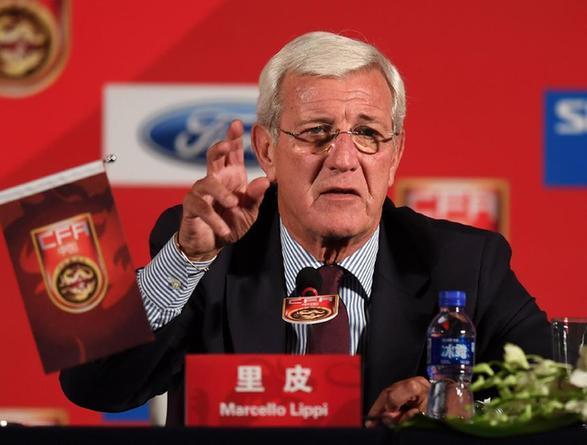
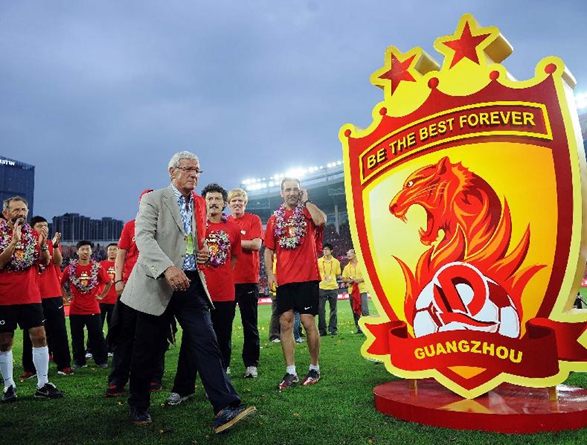
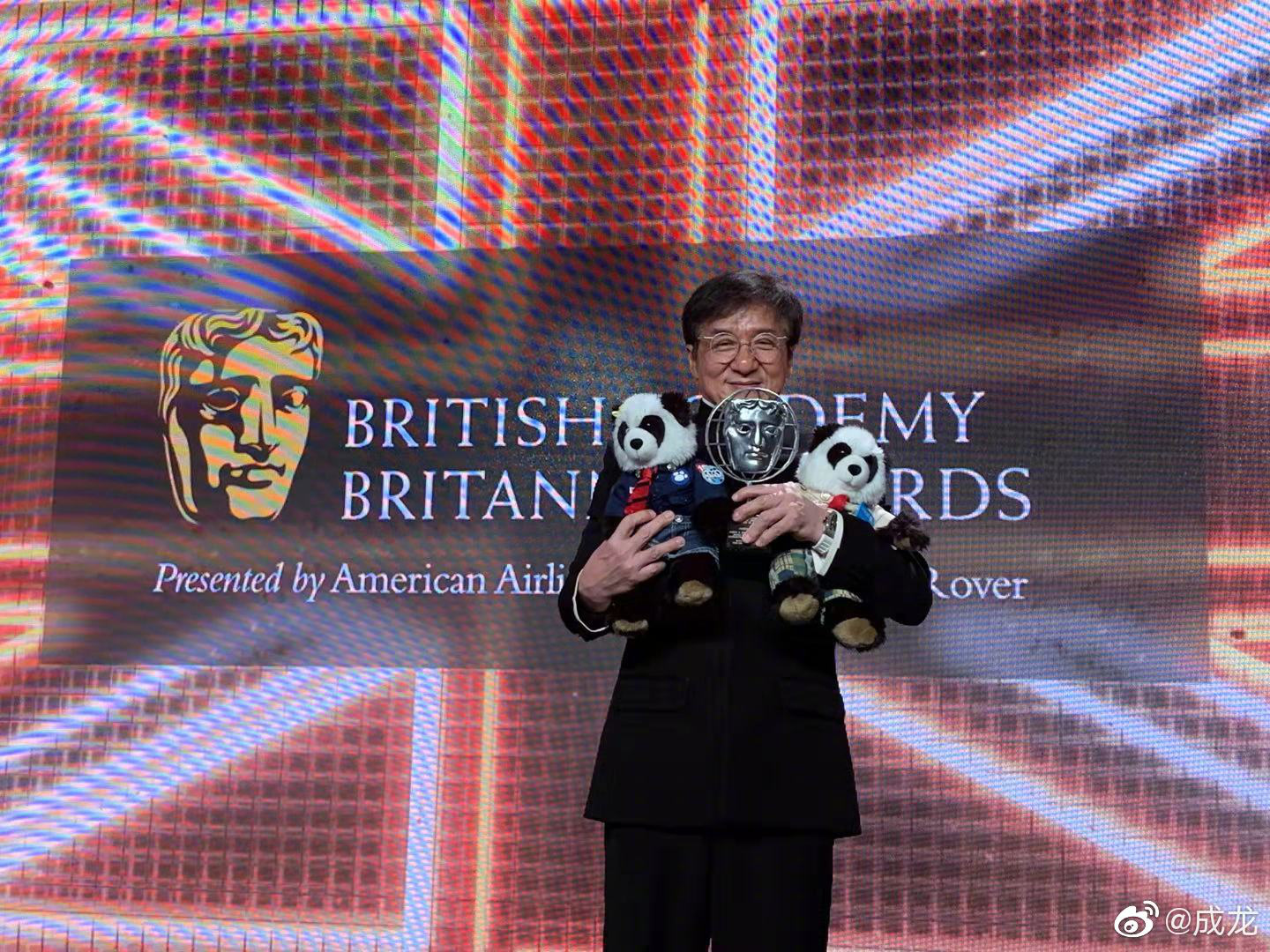
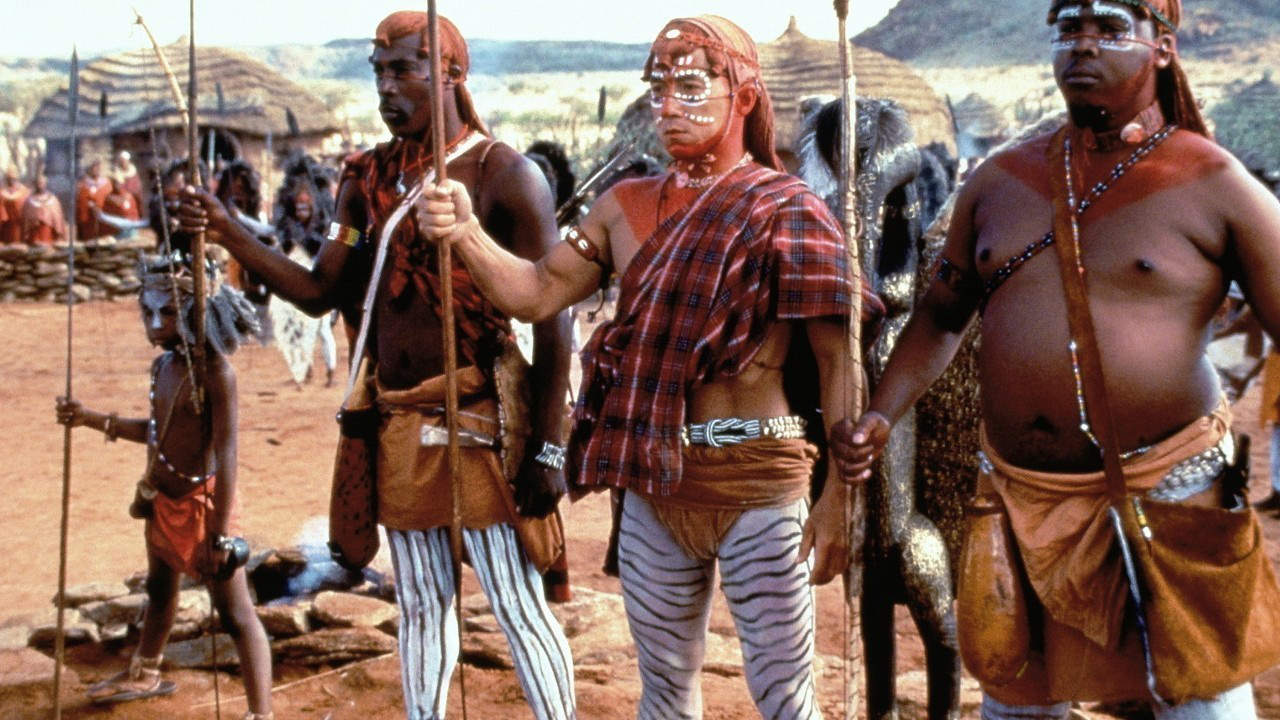
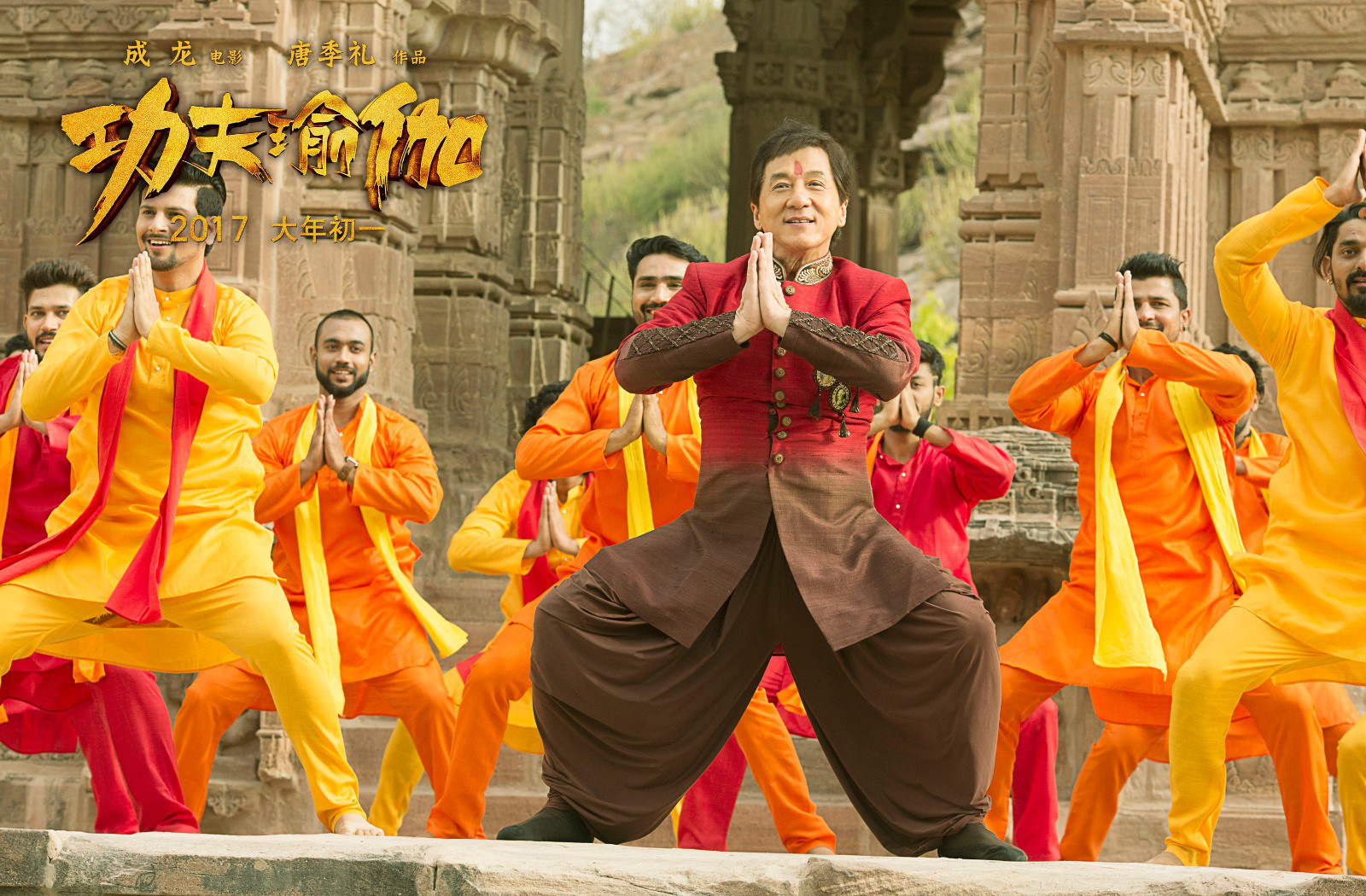

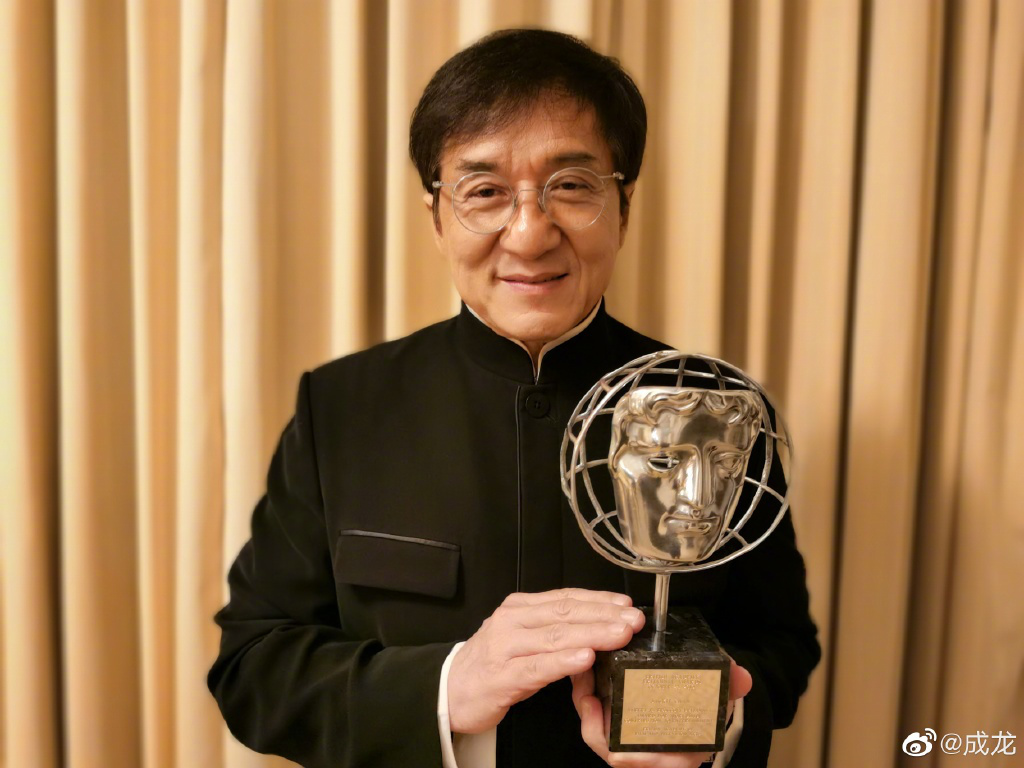
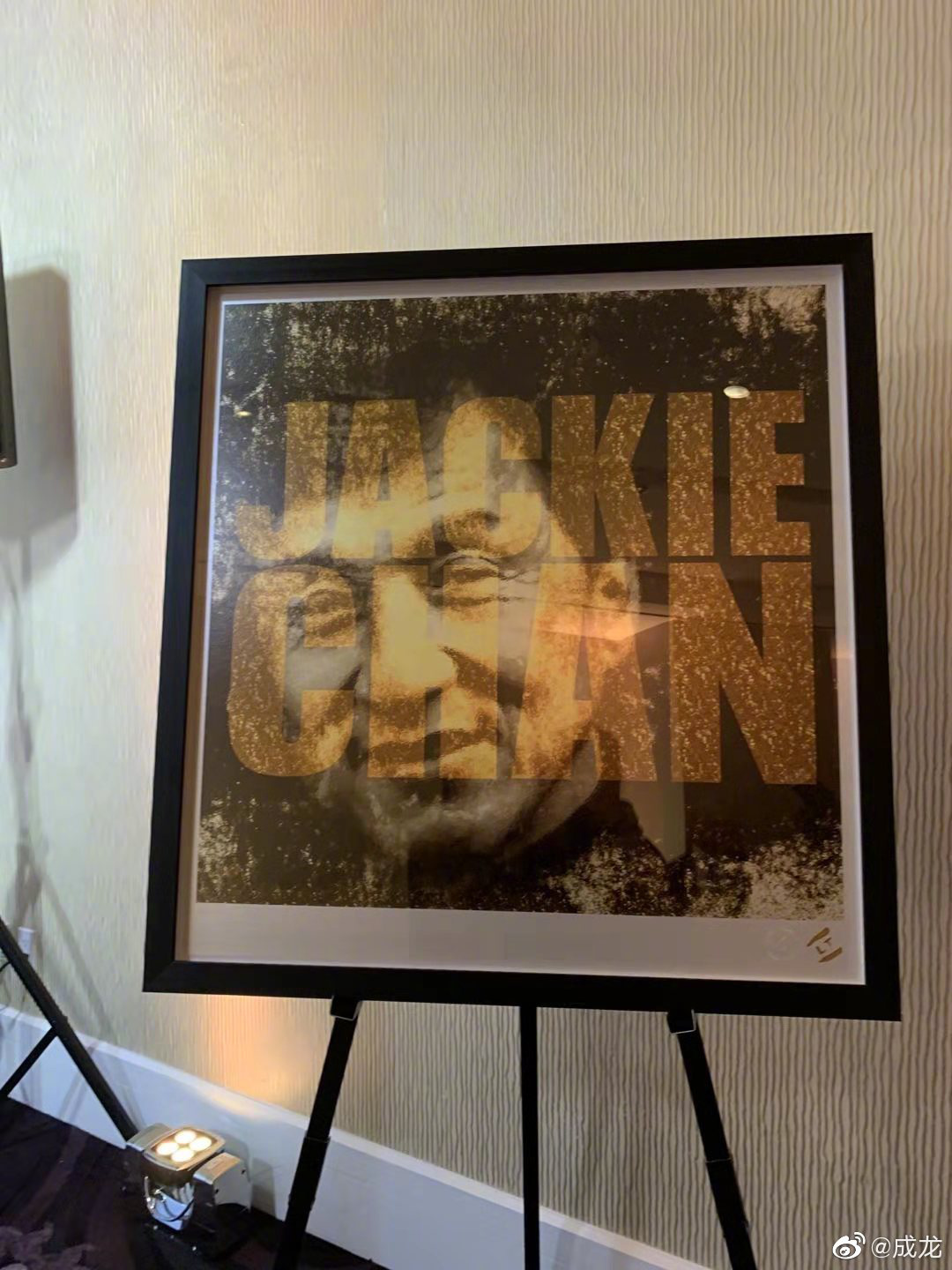
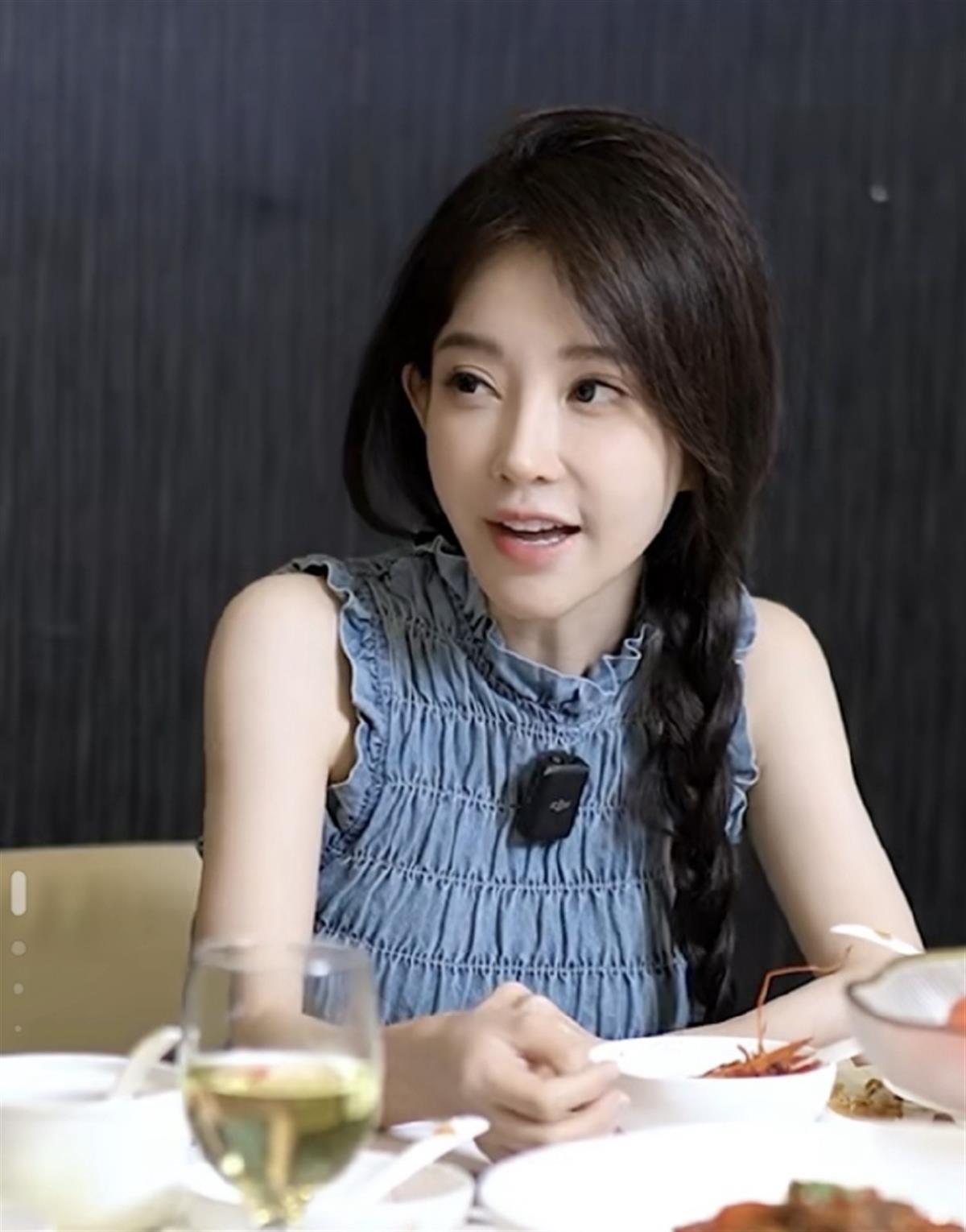
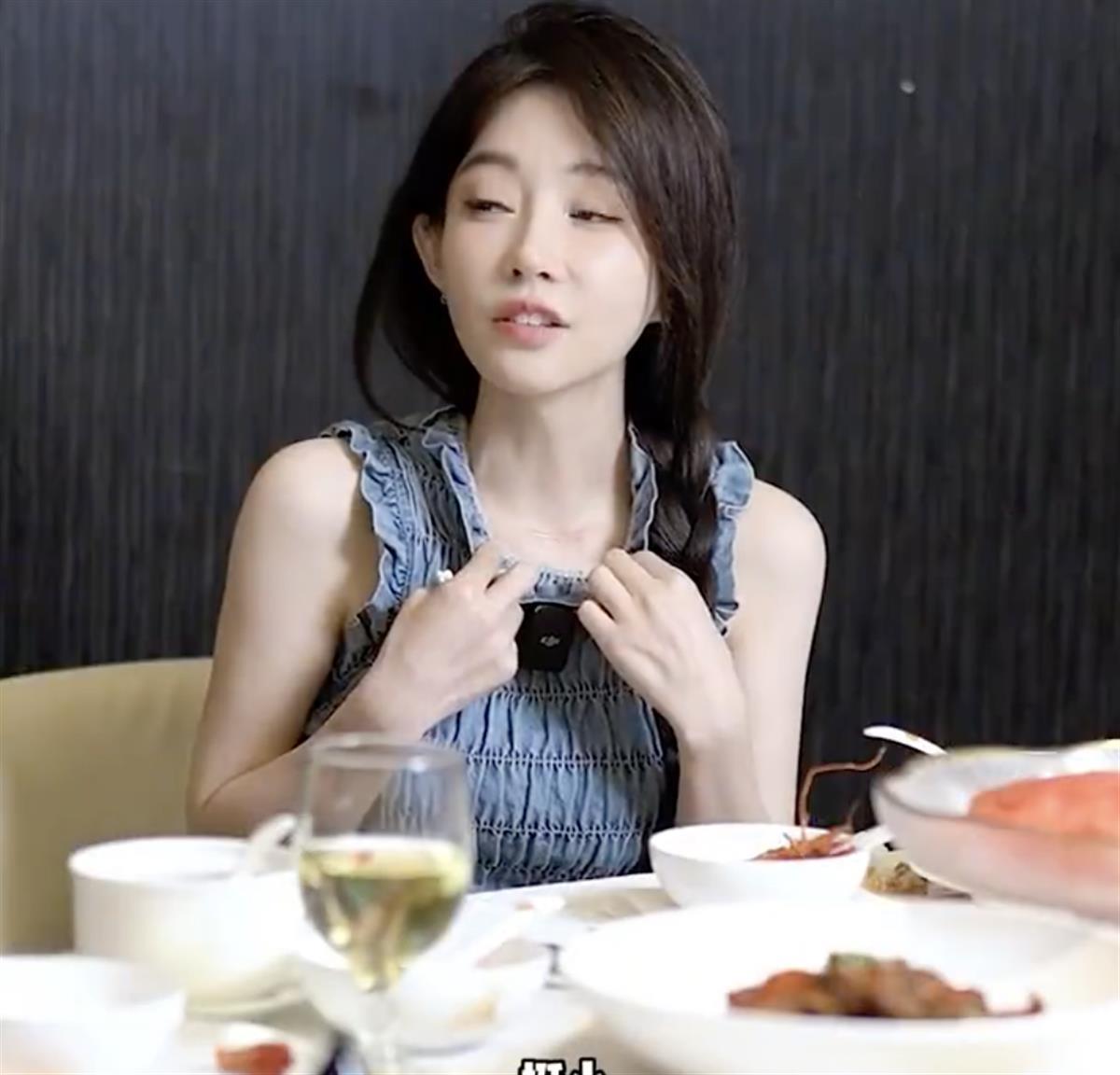



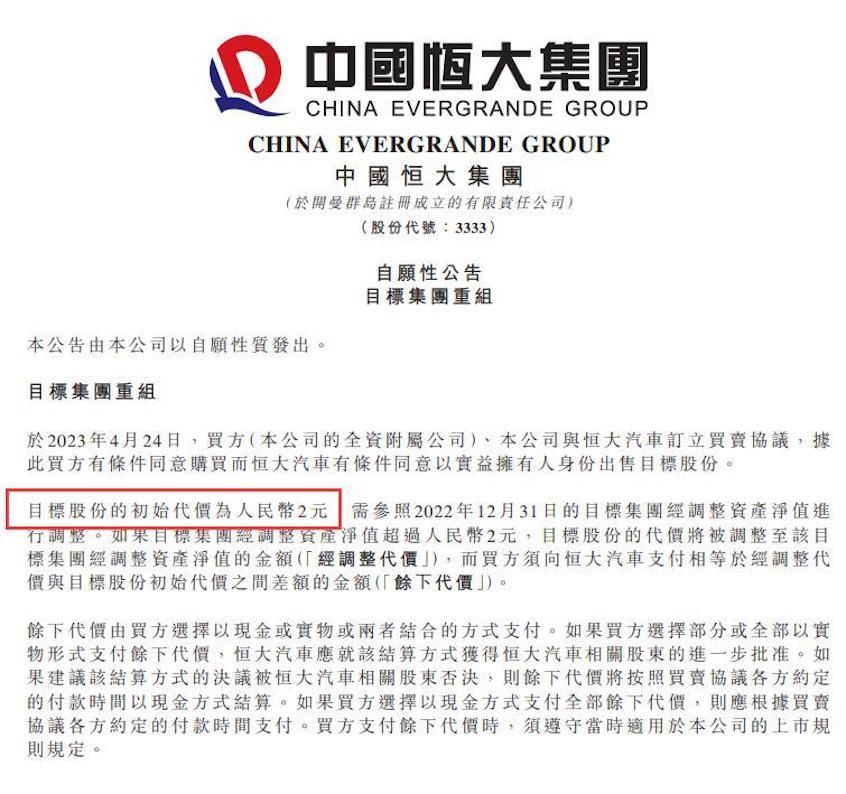
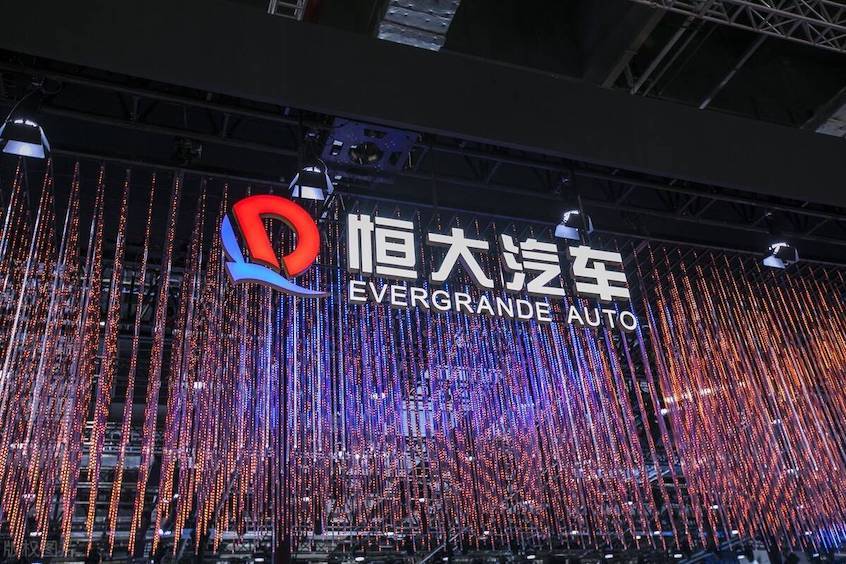
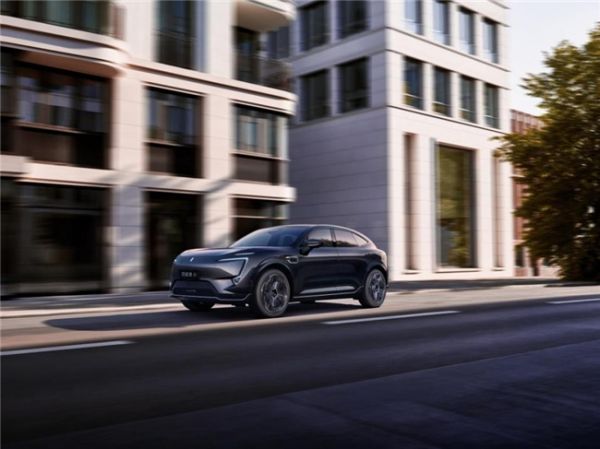
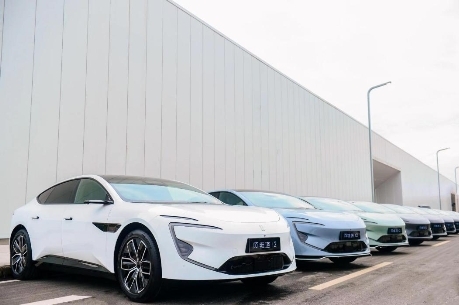
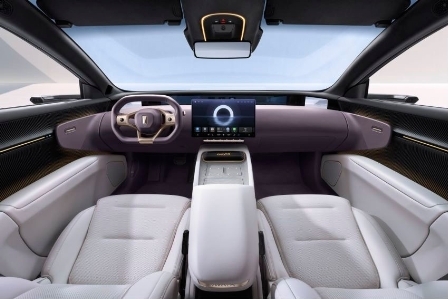
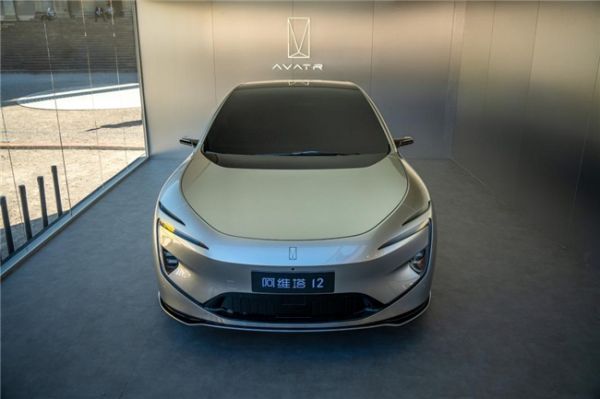
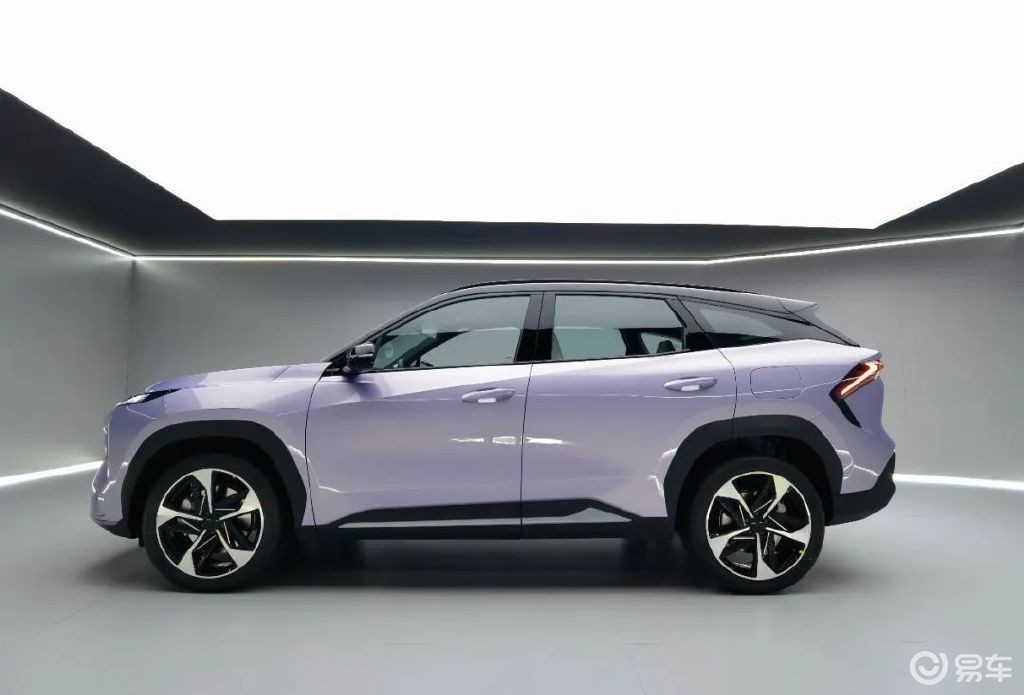

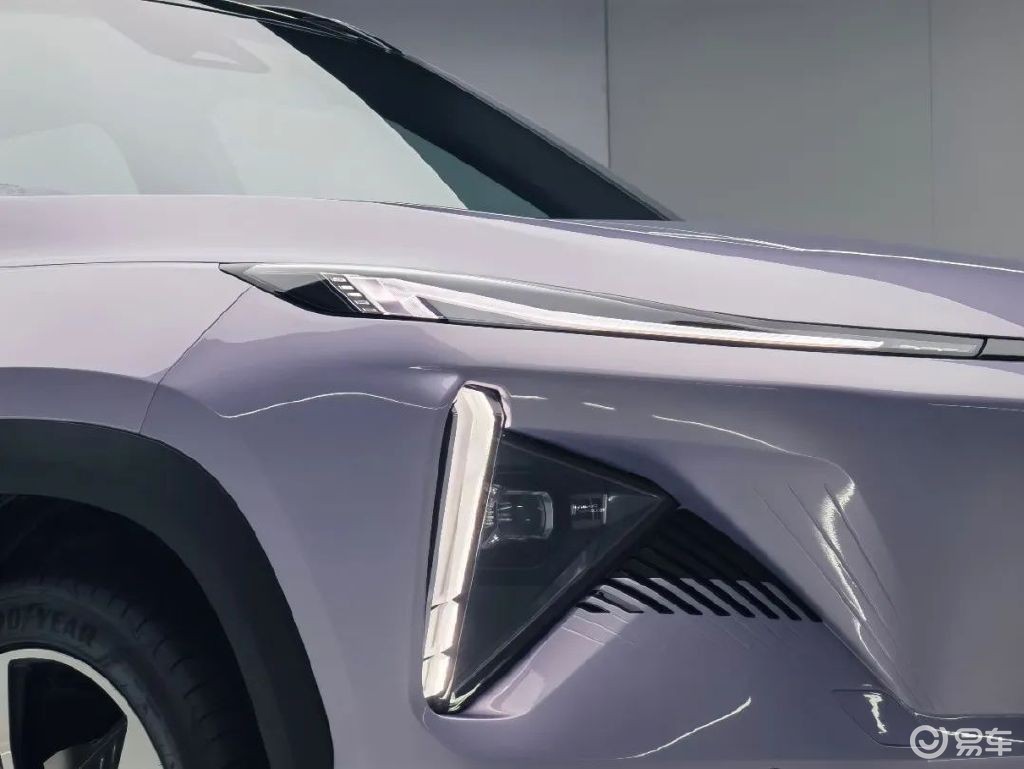
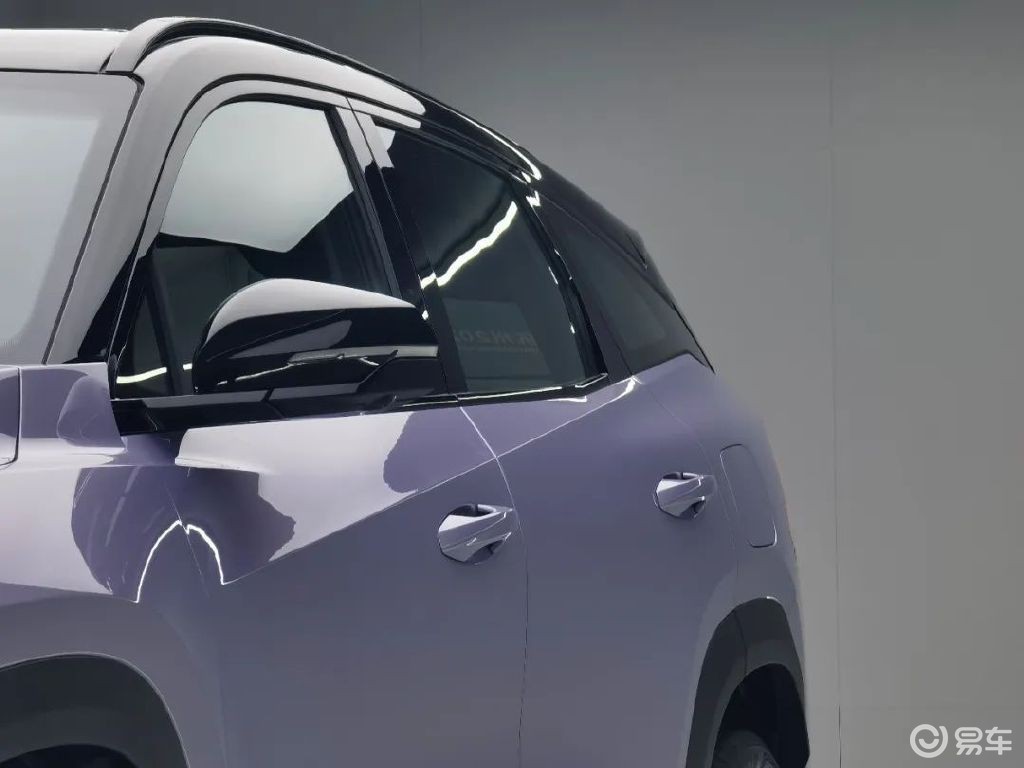
 The emergence and popularity of shared power banks has alleviated people’s "low power crisis" to a certain extent, but it has also been widely controversial for its "higher and higher prices and slow charging".
The emergence and popularity of shared power banks has alleviated people’s "low power crisis" to a certain extent, but it has also been widely controversial for its "higher and higher prices and slow charging".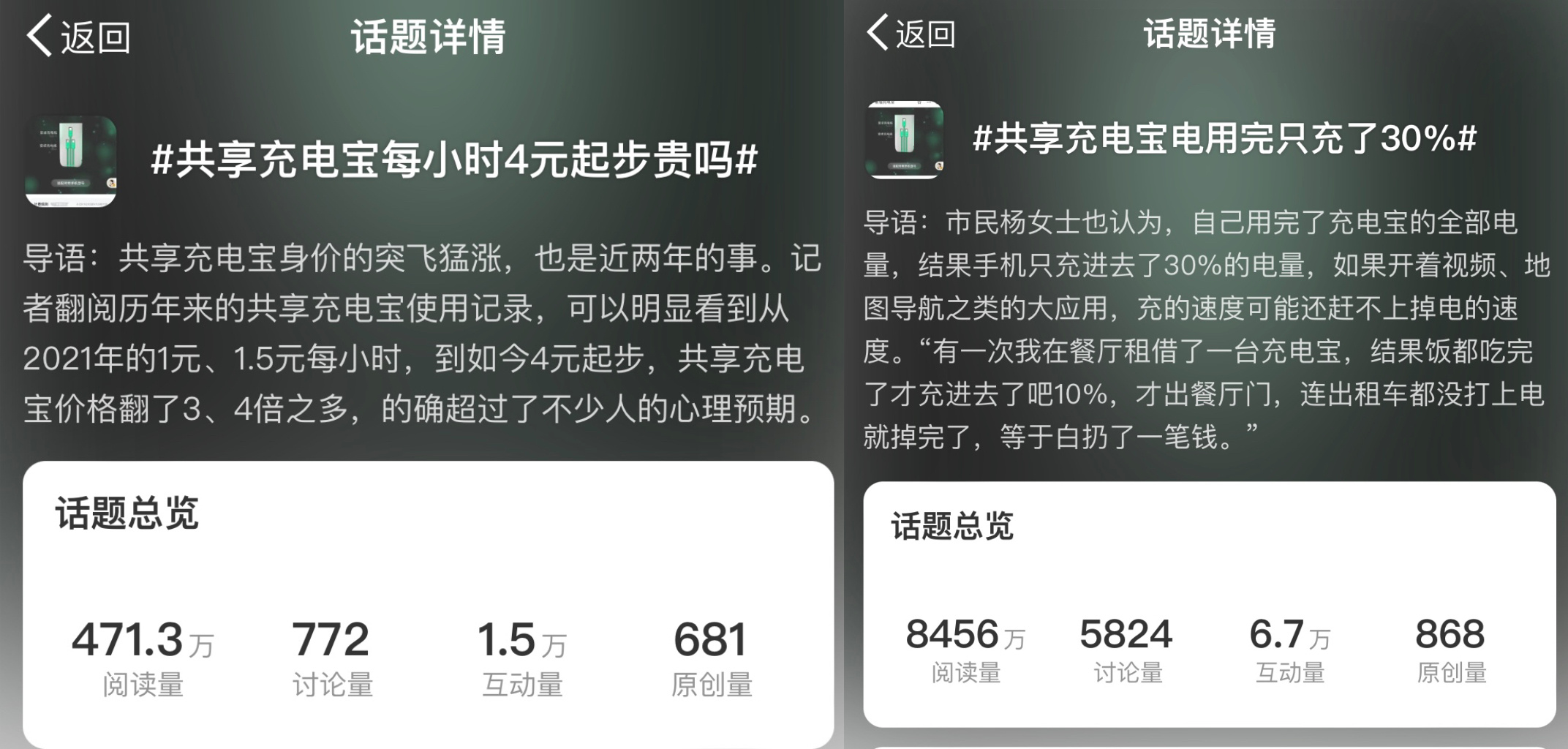
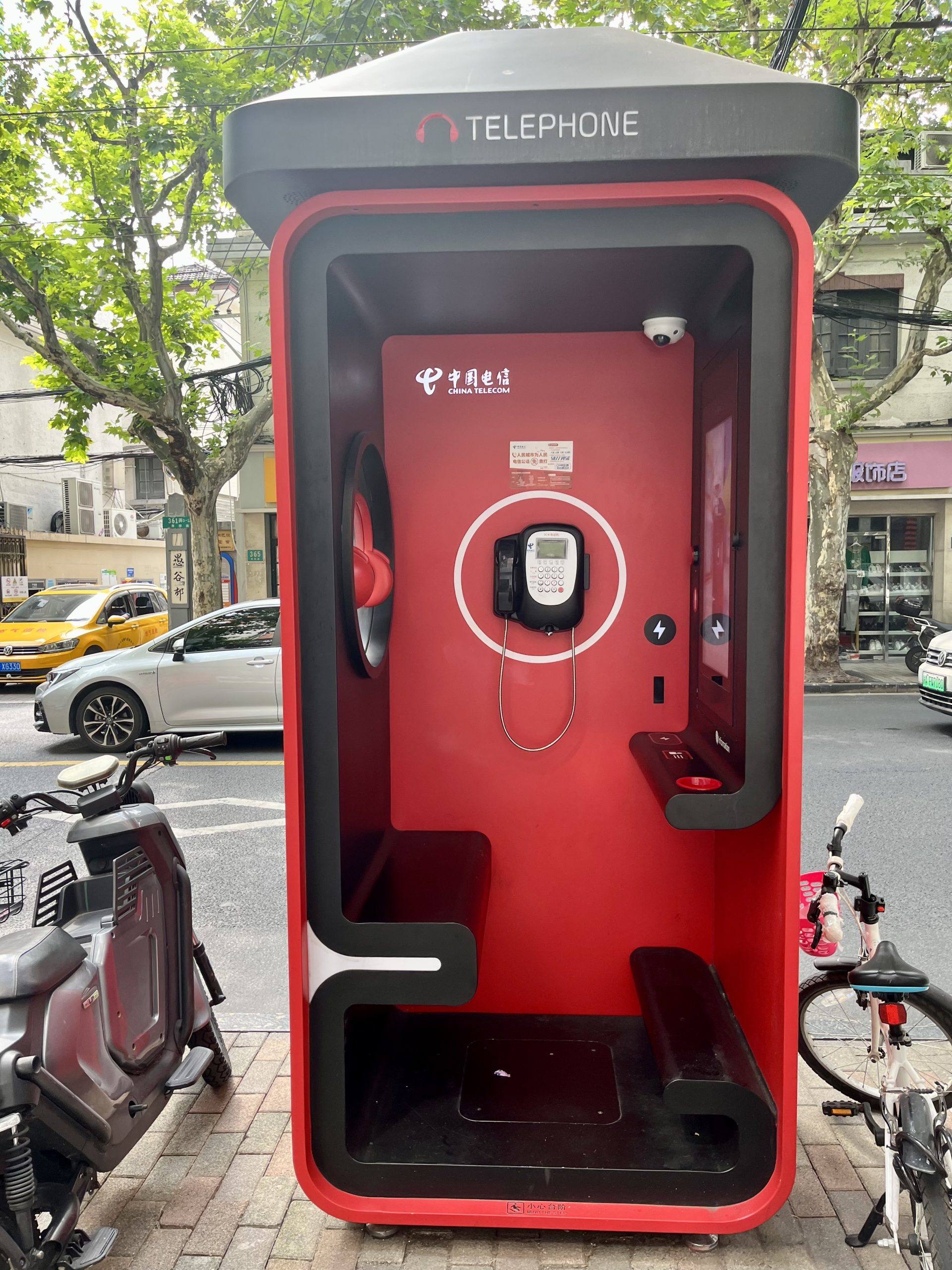 Digital phone booth on Yuyuan Road
Digital phone booth on Yuyuan Road Among them, the charging function supports wired and wireless, even if you don’t carry a data cable with you when you go out, you can charge it by the way after sitting in the public phone booth for a while.
Among them, the charging function supports wired and wireless, even if you don’t carry a data cable with you when you go out, you can charge it by the way after sitting in the public phone booth for a while.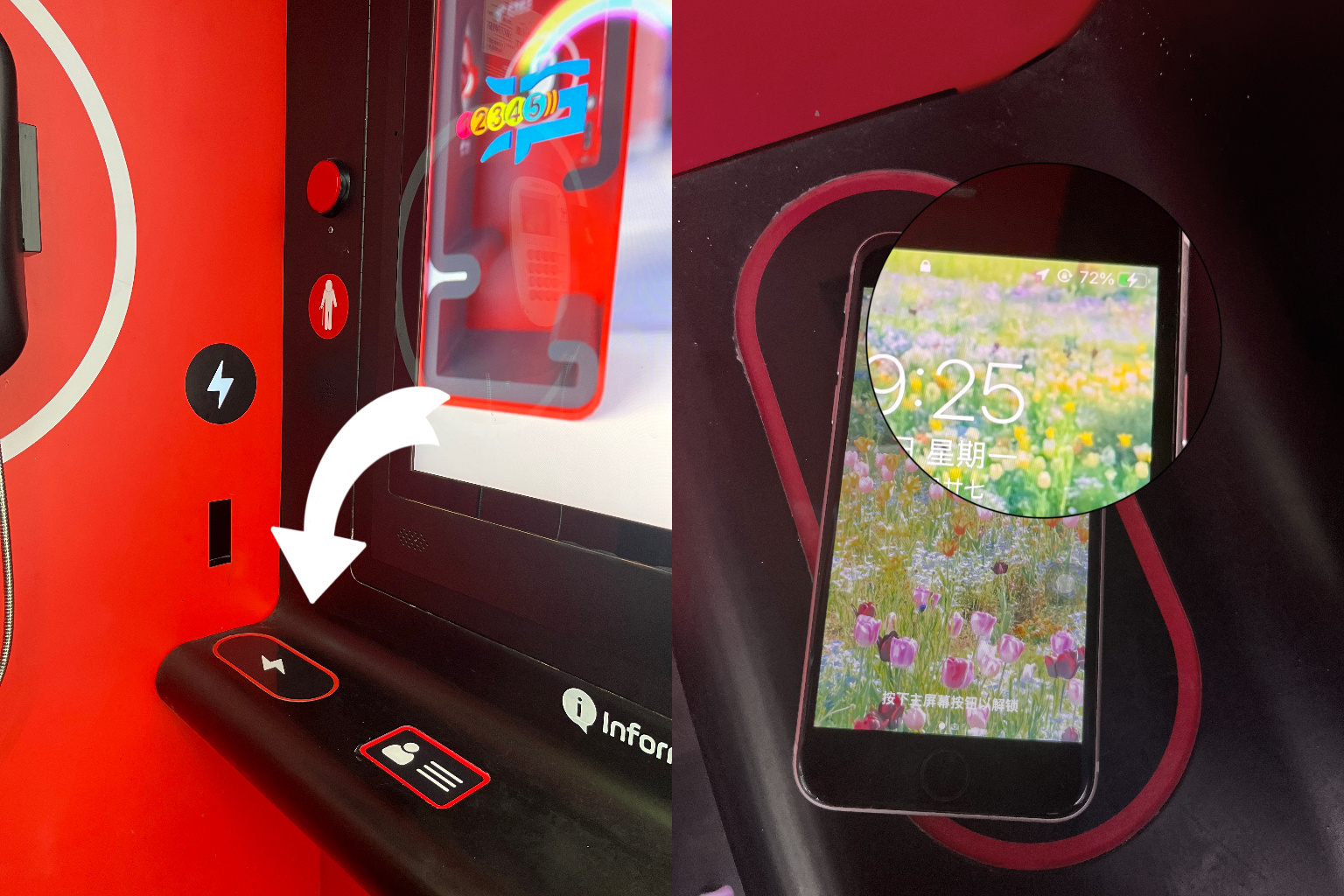 Want to know where all the digital phone booths with this function are? Just search for "HELLO Friends Pavilion" in the map APP of your mobile phone. The map shows that there are 7 points within one kilometer of Jingbao’s location.
Want to know where all the digital phone booths with this function are? Just search for "HELLO Friends Pavilion" in the map APP of your mobile phone. The map shows that there are 7 points within one kilometer of Jingbao’s location.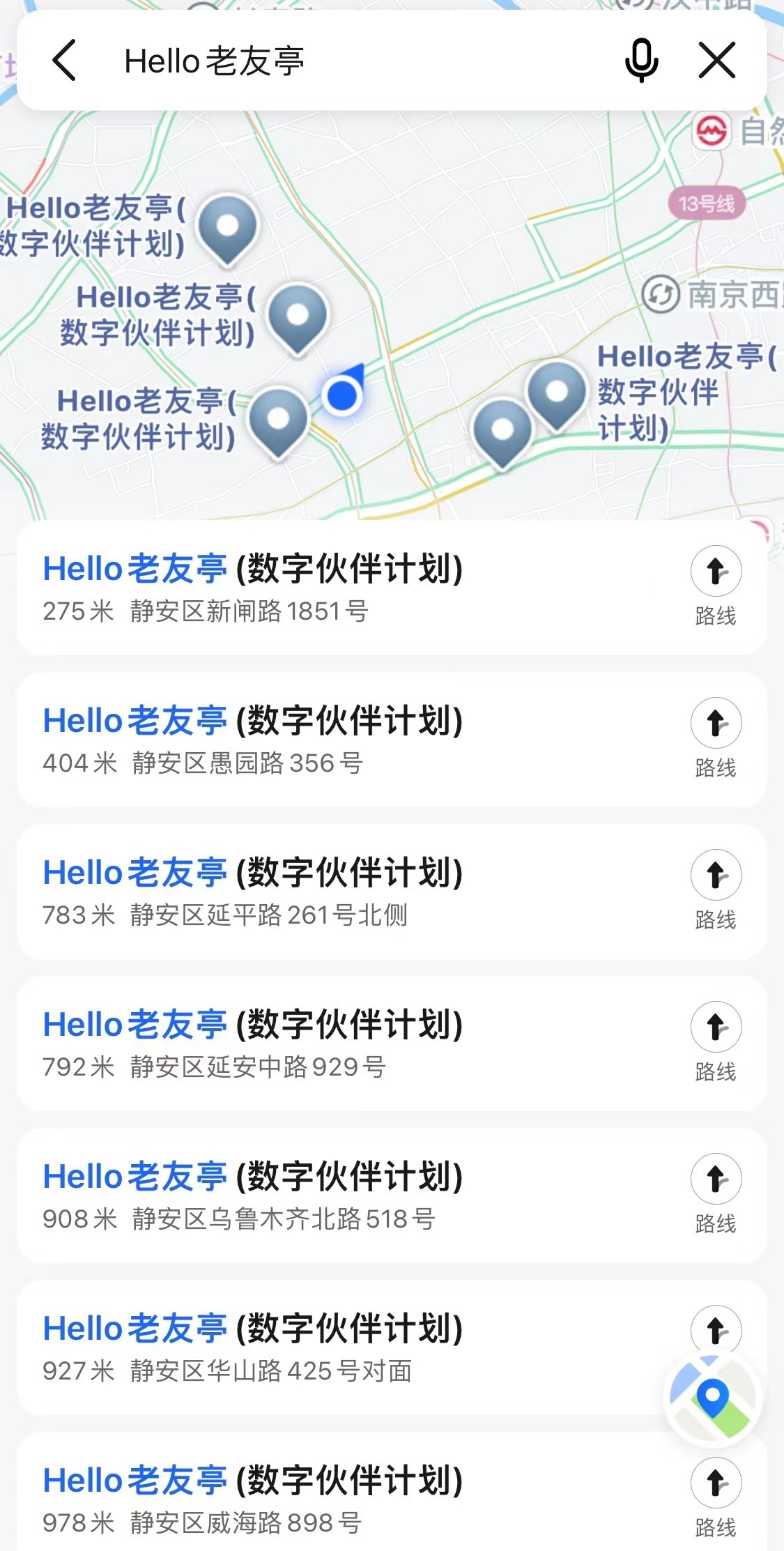
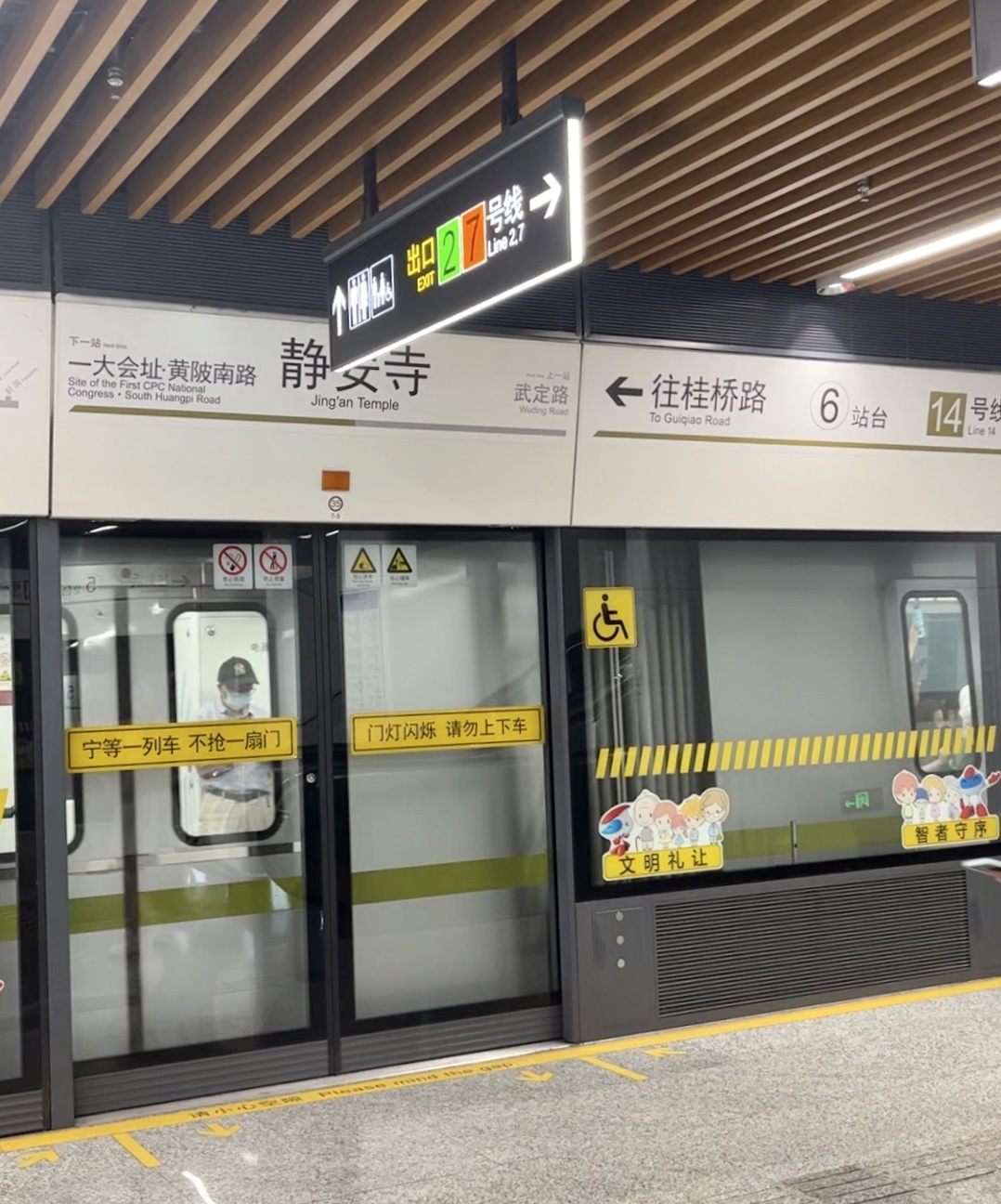 Have you ever charged while riding the subway? If you take the subway line 14 at Jing’an Temple, you will find that there are 4 USB charging ports at the head and tail connections of the carriage. After putting down the folding plate, you can use the built-in charging cable to charge. You can also charge it during the journey, which is very time-saving.
Have you ever charged while riding the subway? If you take the subway line 14 at Jing’an Temple, you will find that there are 4 USB charging ports at the head and tail connections of the carriage. After putting down the folding plate, you can use the built-in charging cable to charge. You can also charge it during the journey, which is very time-saving.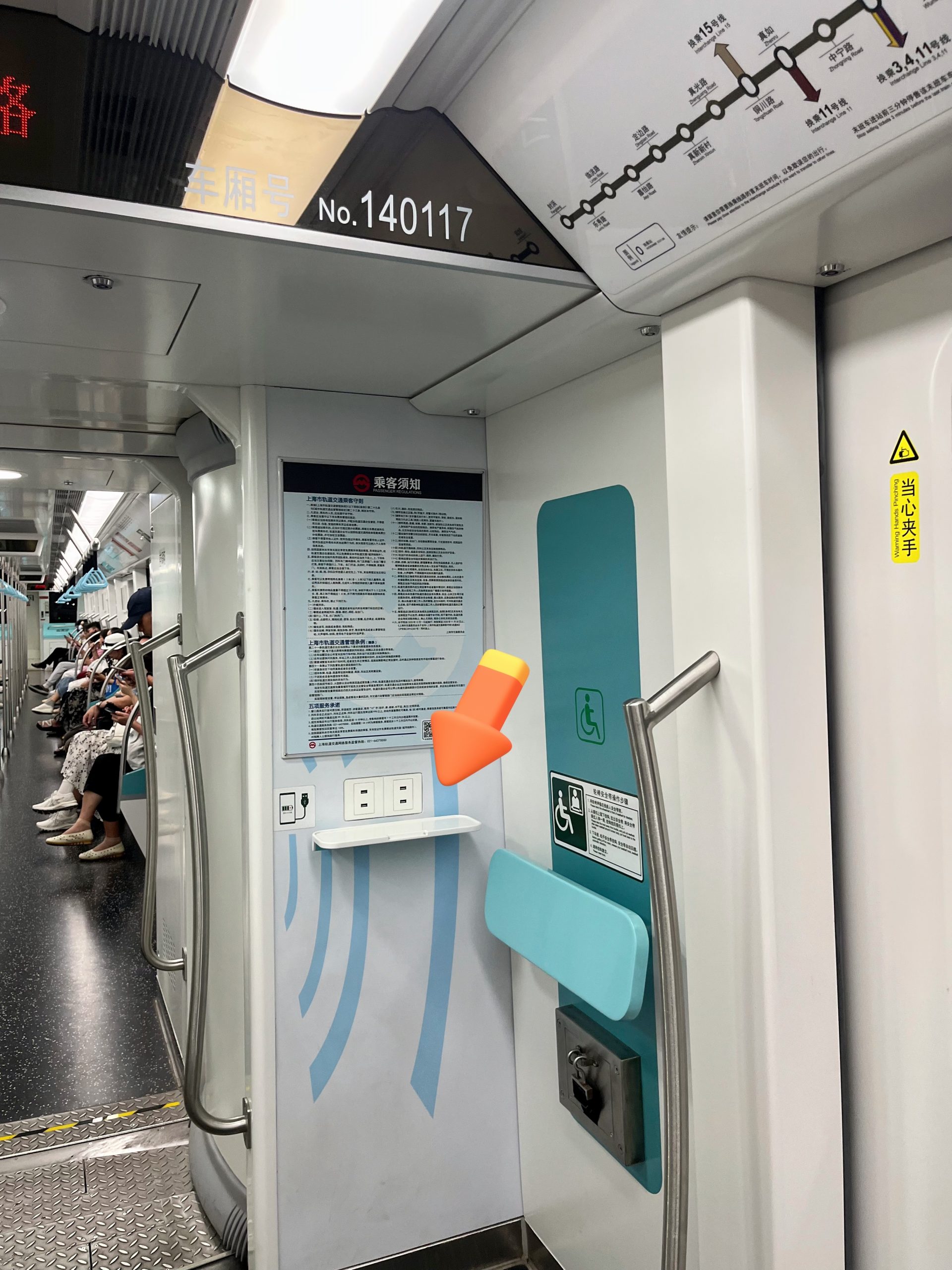 The logo shows that the output of this interface is 5V~ 1A, and the output power is 5W. After Jingbao sat for 3 stations from Jing’an Temple, the mobile phone was plugged in for about 8 minutes when arriving at Yuyuan Station, and the power increased by about 6%.
The logo shows that the output of this interface is 5V~ 1A, and the output power is 5W. After Jingbao sat for 3 stations from Jing’an Temple, the mobile phone was plugged in for about 8 minutes when arriving at Yuyuan Station, and the power increased by about 6%.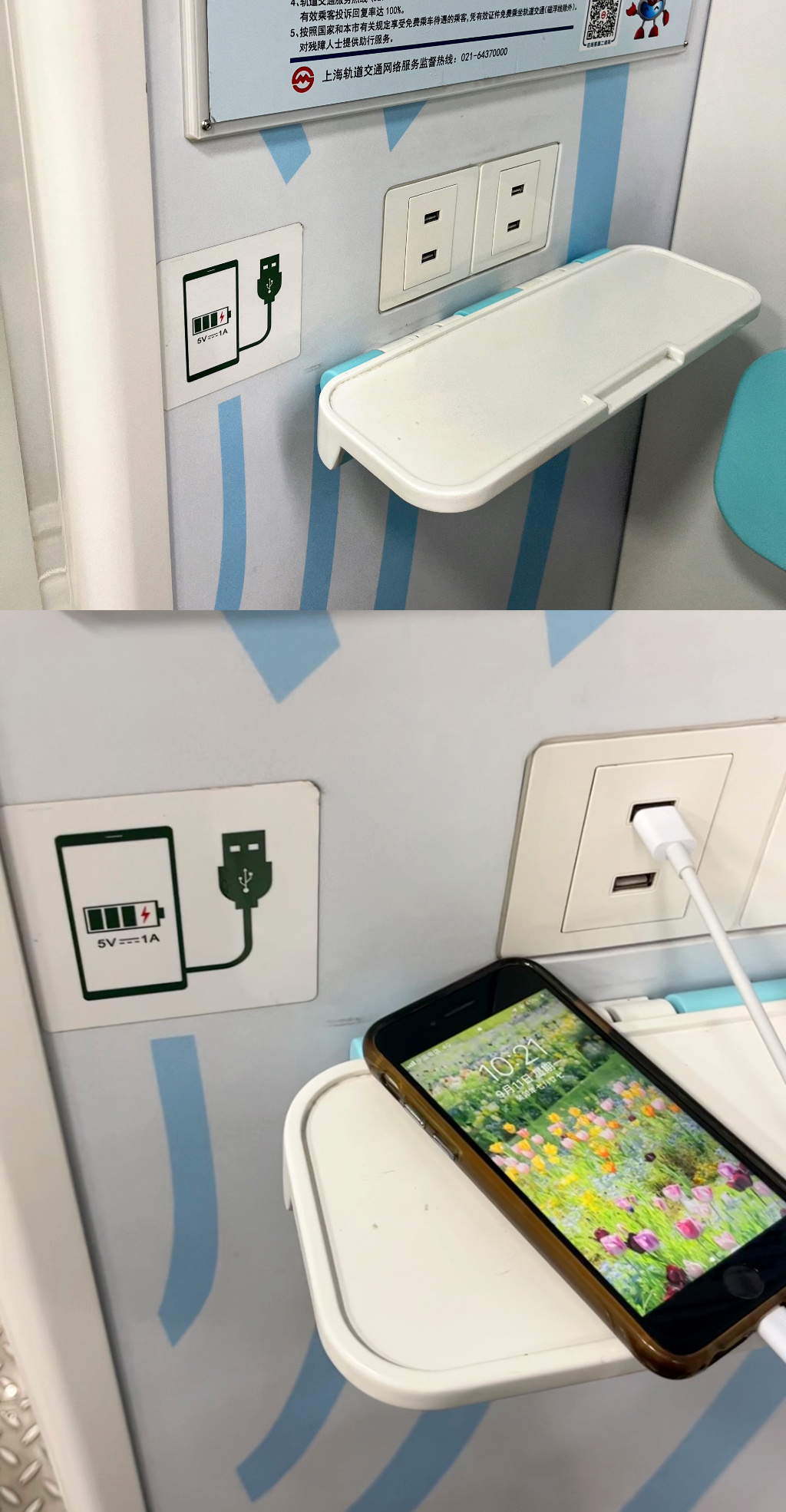 According to Shanghai Metro staff, there are usually charging ports in the cars of newly opened lines, while "old lines" have some train cars. For example, each car of Line 18 trains is equipped with wireless and wired charging devices, and some trains of Line 1 and 2 are also equipped with USB charging ports. In addition to the cars, the service center in the subway can also provide emergency charging services.
According to Shanghai Metro staff, there are usually charging ports in the cars of newly opened lines, while "old lines" have some train cars. For example, each car of Line 18 trains is equipped with wireless and wired charging devices, and some trains of Line 1 and 2 are also equipped with USB charging ports. In addition to the cars, the service center in the subway can also provide emergency charging services.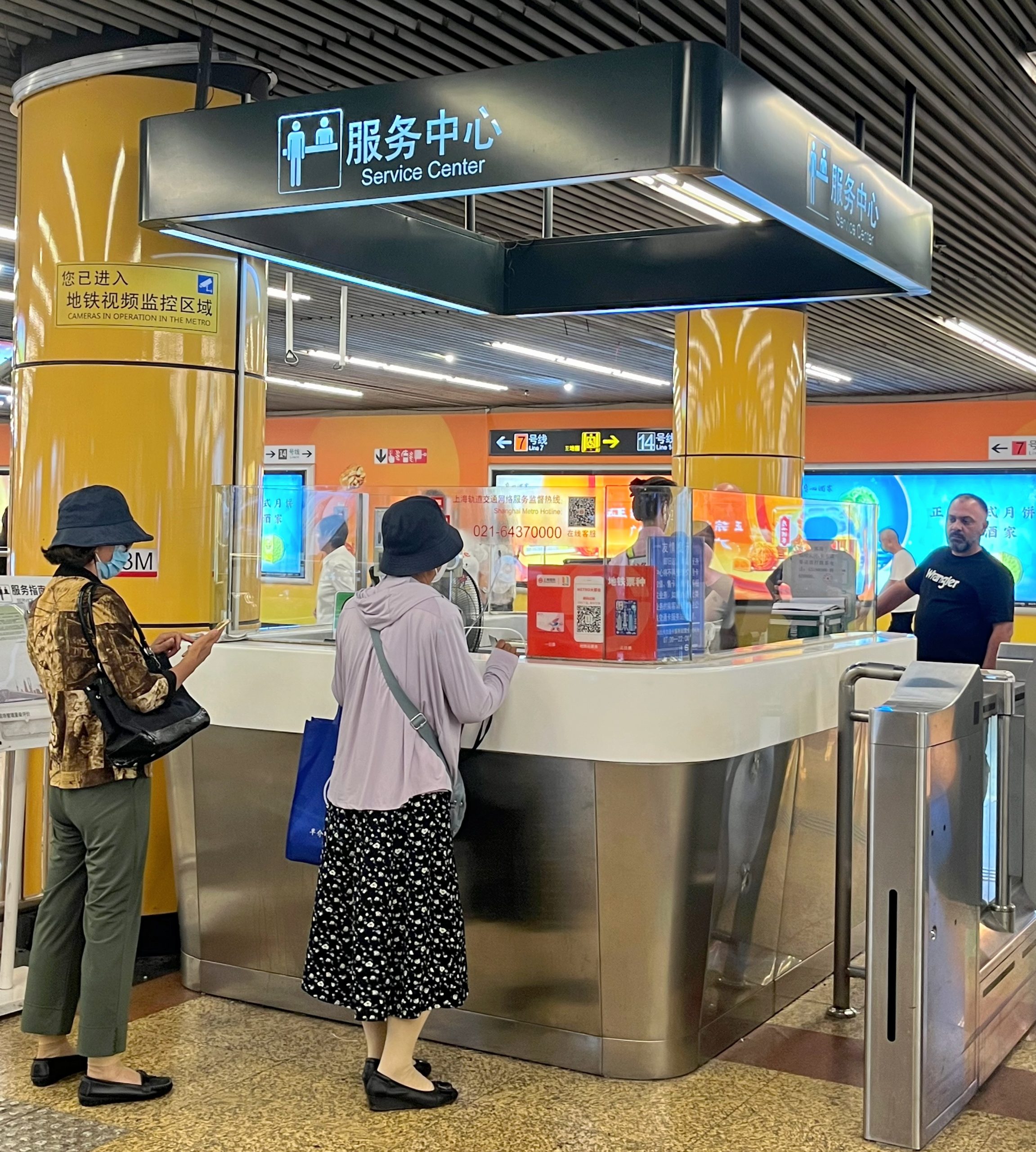 The staff at the in-app service center of Jing’an Temple Metro introduced that passengers can charge their mobile phones at the service center when they travel with low battery, and they do not need to bring their own charging cable. However, different service centers have different requirements on whether they can bring their own cable. Some said that for safety reasons, they must use the charging cable of the service center, and some said that they can also use it if they bring their own charging cable.
The staff at the in-app service center of Jing’an Temple Metro introduced that passengers can charge their mobile phones at the service center when they travel with low battery, and they do not need to bring their own charging cable. However, different service centers have different requirements on whether they can bring their own cable. Some said that for safety reasons, they must use the charging cable of the service center, and some said that they can also use it if they bring their own charging cable.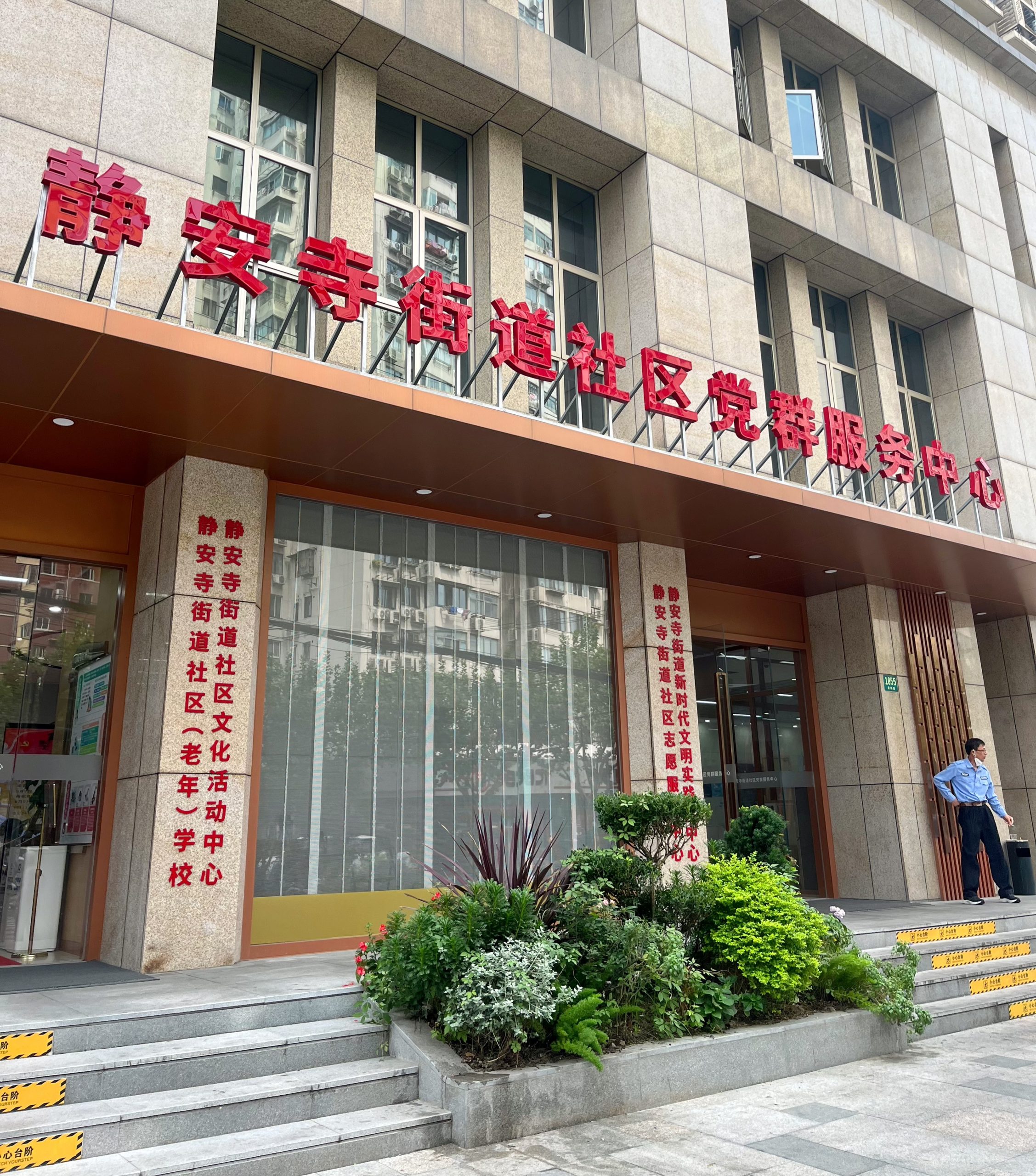 At present, many street community activity centers have activity rooms, study rooms, and reading rooms, all of which provide sockets for citizens and tourists to charge.
At present, many street community activity centers have activity rooms, study rooms, and reading rooms, all of which provide sockets for citizens and tourists to charge.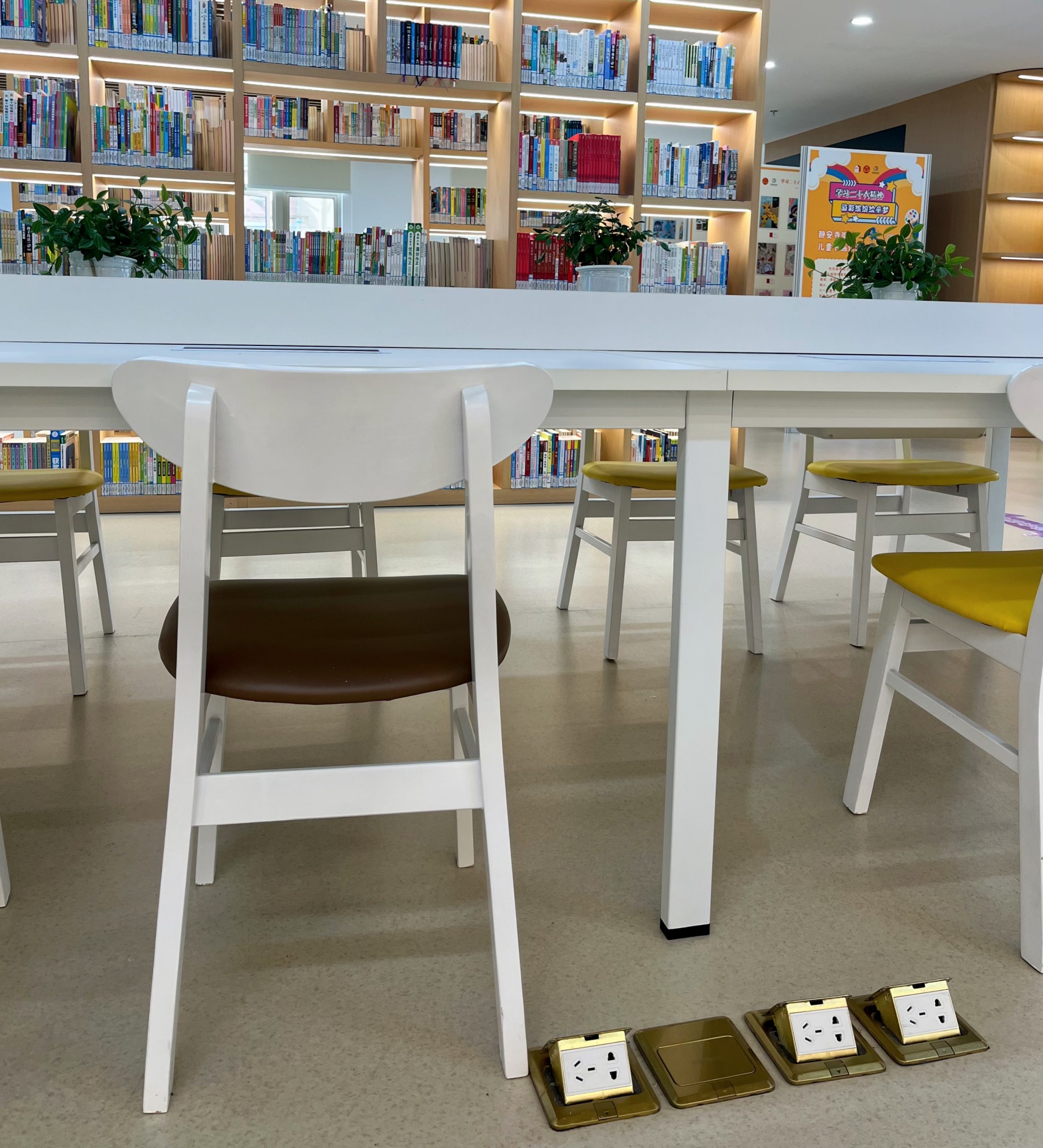 Reminder:When charging in the activity center of the street community, all public orders of the venue must be observed.
Reminder:When charging in the activity center of the street community, all public orders of the venue must be observed.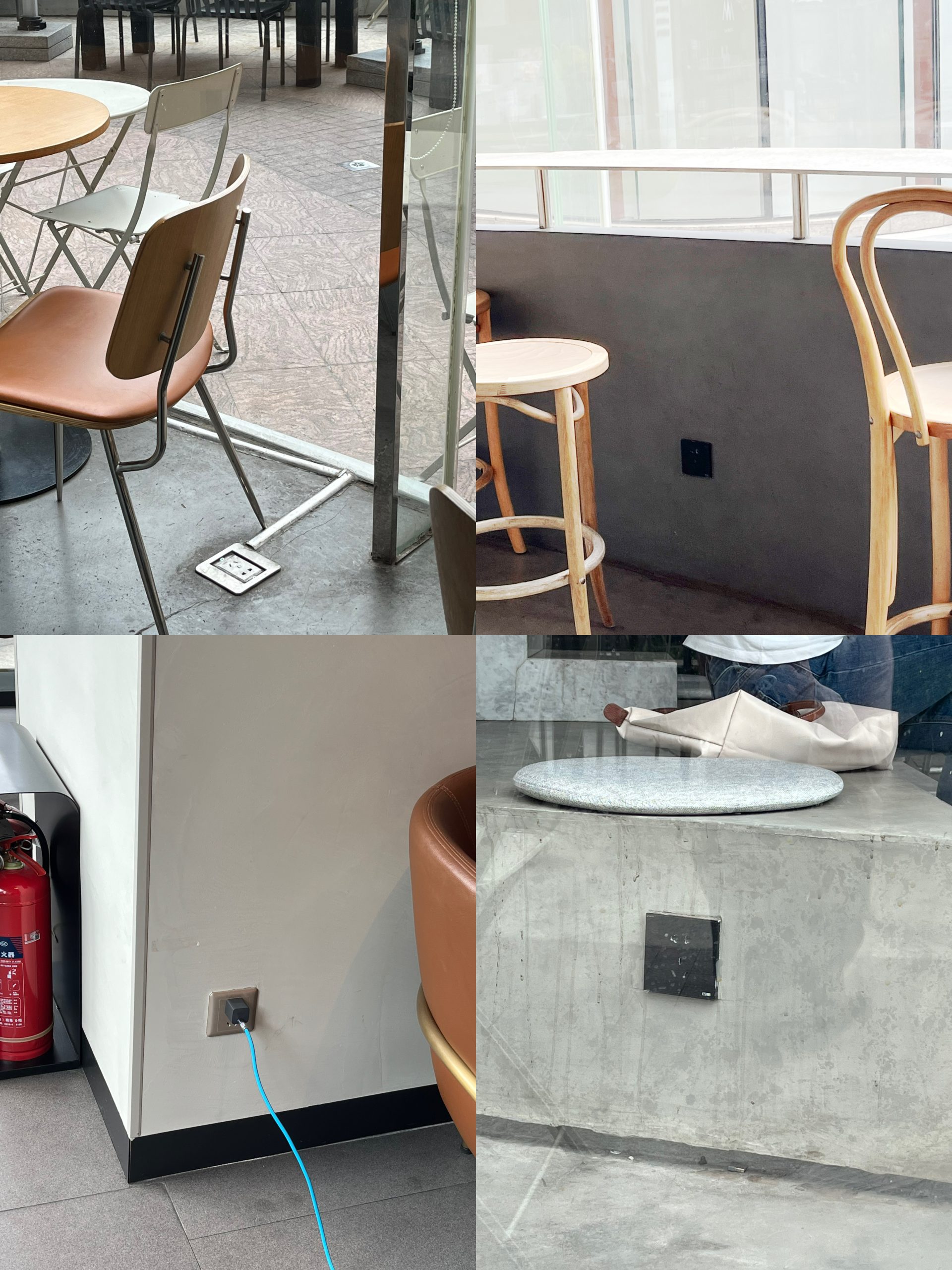 Jing Bao visited some chain coffee shops in the Jing’an Temple business district. Generally, chain coffee shops with many seats and large areas will provide free charging sockets, such as Jing’an Kerry Center and Starbucks of Jiuguang General Merchandise, and M Stand of Jiuguang General Merchandise, etc., but many of them have been "first come, first served".
Jing Bao visited some chain coffee shops in the Jing’an Temple business district. Generally, chain coffee shops with many seats and large areas will provide free charging sockets, such as Jing’an Kerry Center and Starbucks of Jiuguang General Merchandise, and M Stand of Jiuguang General Merchandise, etc., but many of them have been "first come, first served".